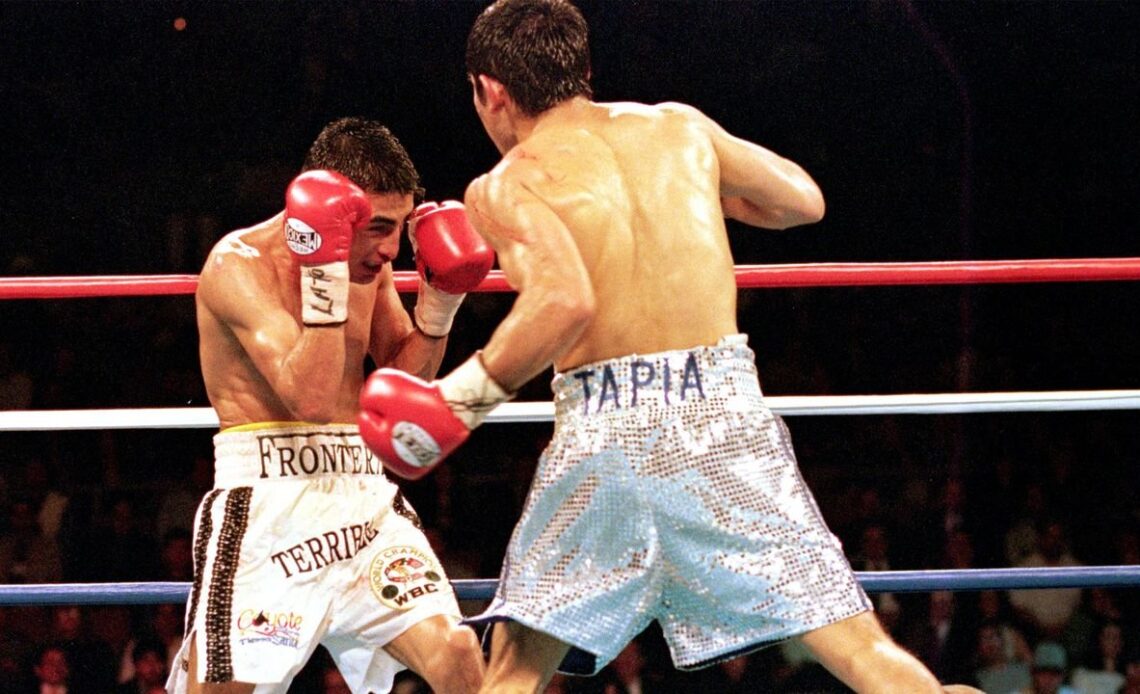In the annals of boxing history, few rivalries have captured the hearts of fans as profoundly as the battles between Marco Antonio Barrera and Erik Morales. These two fighters, hailing from Mexico, not only represented their nation’s rich boxing tradition but also defined an era with their relentless determination, skill, and passion for the sport. Their trilogy of fights, spanning from 2000 to 2004, remains one of the most celebrated chapters in boxing history.
Marco Antonio Barrera, known as “The Baby-Faced Assassin,” was renowned for his technical brilliance, speed, and adaptability in the ring. With a career that spanned multiple weight classes, Barrera’s ability to adjust his strategy mid-fight made him a formidable opponent. His charisma and fighting spirit earned him legions of fans worldwide.
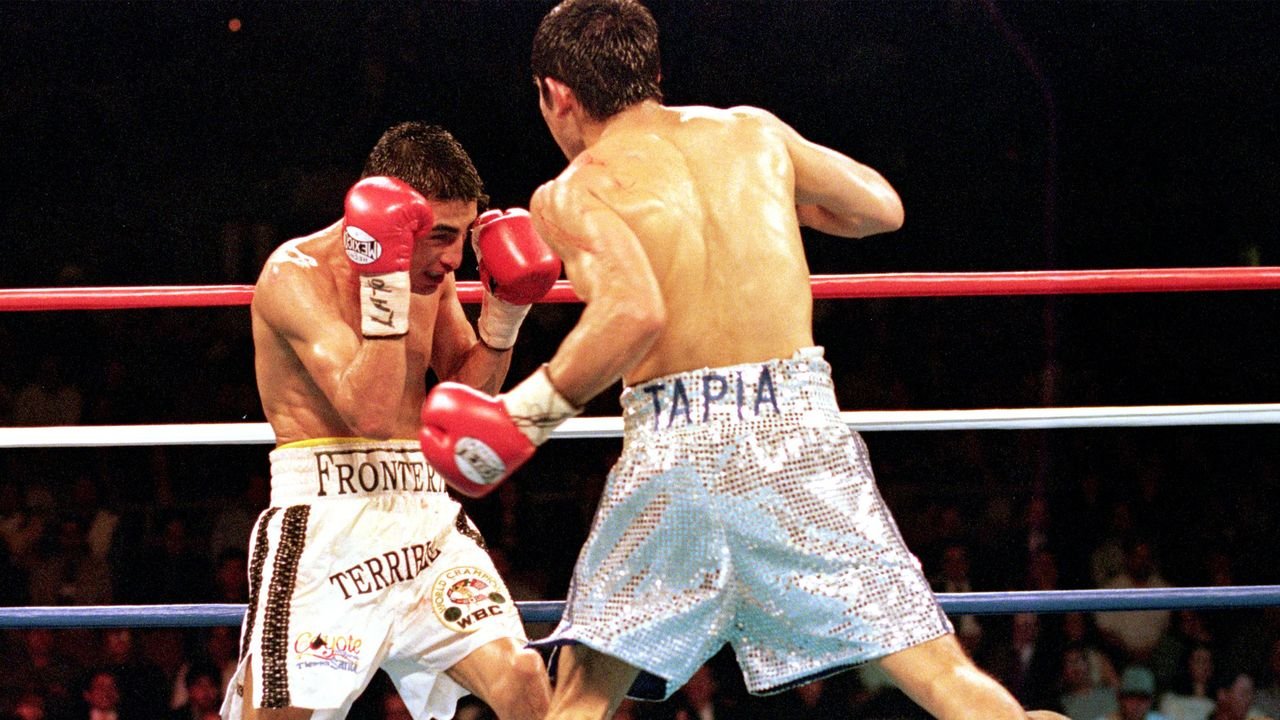
Erik Morales, nicknamed “El Terrible,” was the epitome of grit and resilience. Known for his iron chin, relentless pressure, and knockout power, Morales was a warrior who never backed down, no matter the odds. His fearless approach to boxing and unwavering determination made him a symbol of Mexican pride.
When these two titans met in the ring, it wasn’t just a battle for supremacy—it was a clash of styles, personalities, and legacies. Their rivalry transcended boxing, becoming a cultural phenomenon that united fans across borders.
The first chapter of this epic saga took place on February 19, 2000, at the Mandalay Bay Events Center in Las Vegas. Dubbed “The Battle of the Ages,” the fight was highly anticipated, with fans eager to see who would emerge victorious in this showdown of Mexican superstars.
From the opening bell, both fighters showcased their skills and determination. Morales, true to his aggressive style, pressed forward with relentless combinations, aiming to wear down Barrera. Meanwhile, Barrera relied on his superior footwork, head movement, and counterpunching to neutralize Morales’ attacks.
The fight was a back-and-forth affair, with neither fighter willing to give an inch. By the later rounds, both men were visibly exhausted, their faces battered and swollen. In the end, Morales emerged victorious by split decision, handing Barrera his first loss in over a decade. The victory solidified Morales’ status as one of the best fighters of his generation, while Barrera vowed to return stronger.
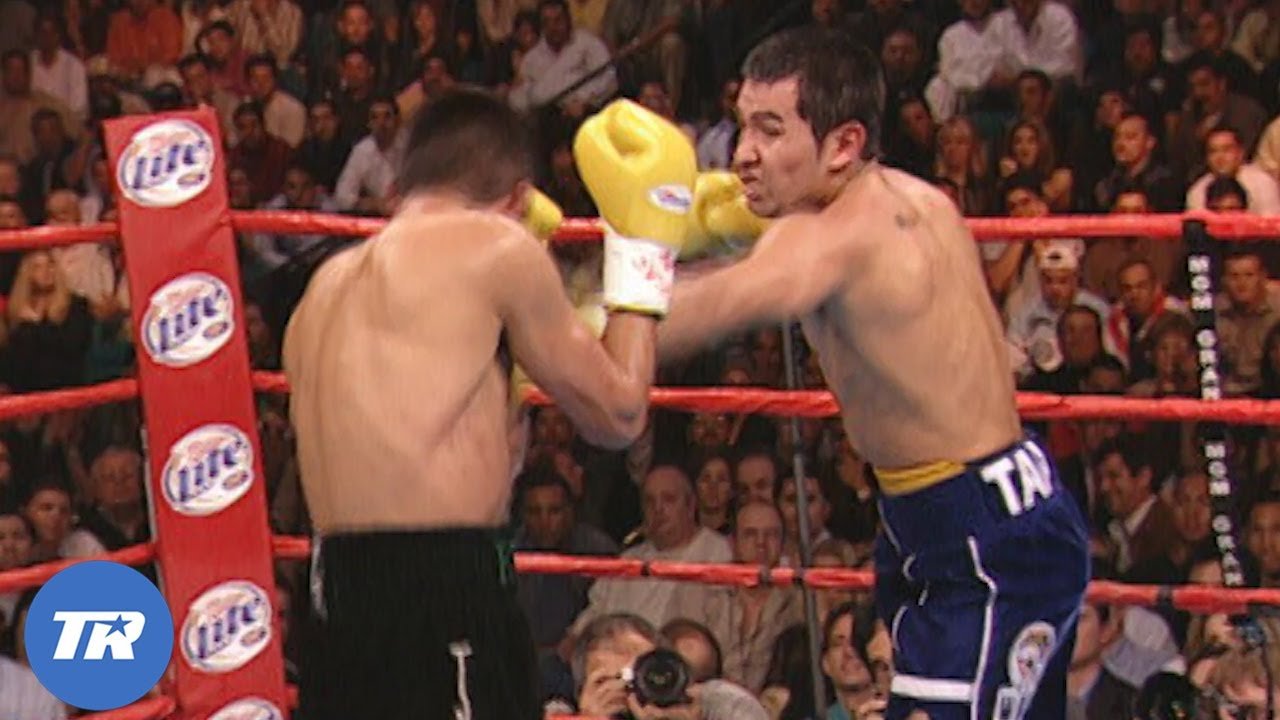
The second fight, held on June 23, 2001, at the MGM Grand Garden Arena in Las Vegas, was a chance for Barrera to reclaim his honor. This time, Barrera entered the ring with a clear game plan and executed it flawlessly. Gone was the cautious approach of the first fight; Barrera came out aggressively, determined to prove his superiority.
From the outset, Barrera dominated the pace of the fight, using his jab effectively and cutting off the ring to limit Morales’ movement. By the middle rounds, Barrera’s superior conditioning began to show, as Morales struggled to keep up with his opponent’s relentless pressure.
In the 11th round, Barrera delivered a devastating combination that sent Morales to the canvas for the first time in his professional career. Though Morales rose to his feet, the damage had been done. When the final bell rang, Barrera was declared the winner by unanimous decision, avenging his earlier loss and cementing his place among boxing’s elite.
After years of anticipation, the third and final fight between Barrera and Morales took place on November 27, 2004, at the Alamodome in San Antonio, Texas. By this point, both fighters had established themselves as legends in the sport, and the stakes couldn’t have been higher.
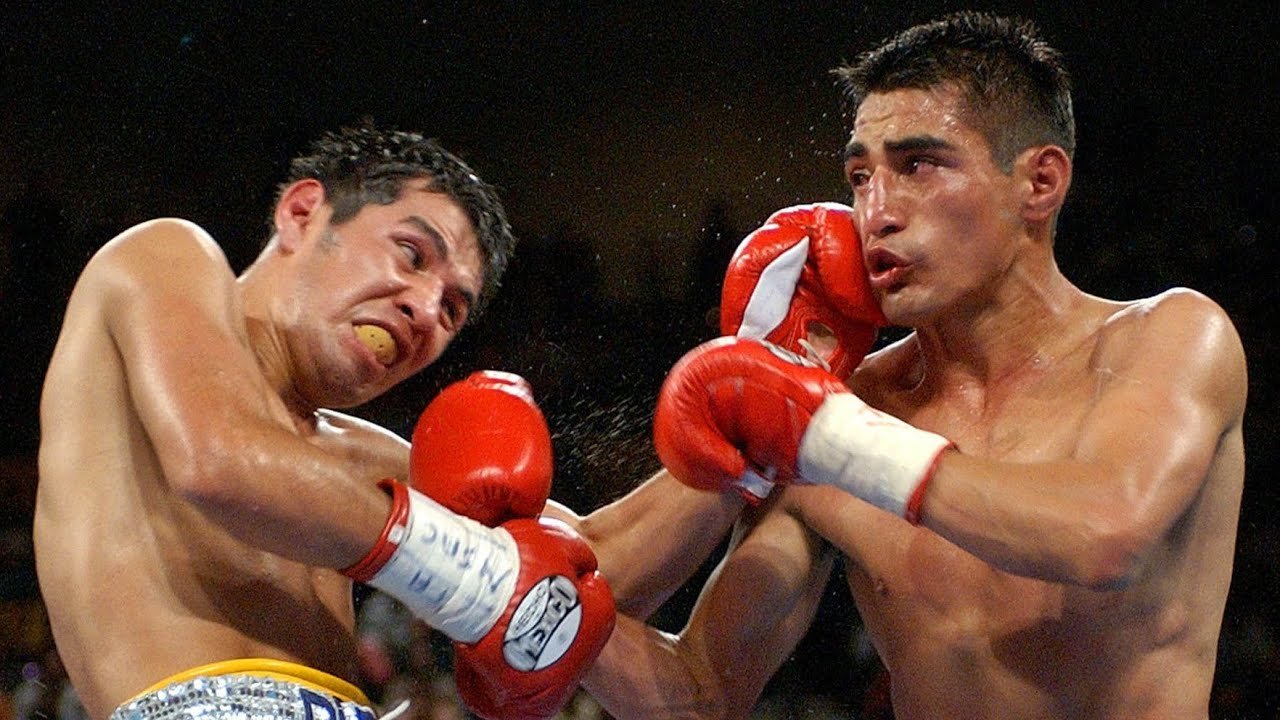
The fight was a brutal affair, with both men exchanging powerful blows from start to finish. Morales, despite being older and slightly past his prime, showed glimpses of his trademark aggression, landing several clean shots on Barrera. However, Barrera’s experience and ring IQ proved to be the difference. He methodically broke down Morales, using his superior defense and counterpunching to control the fight.
By the later rounds, Morales was visibly fatigued, his face swollen and bloodied. In contrast, Barrera appeared fresher, continuing to press forward with precision and power. When the final bell rang, Barrera was once again declared the winner by unanimous decision, securing his legacy as the better fighter in their trilogy.
The Barrera vs. Morales trilogy is more than just a series of fights—it’s a testament to the enduring appeal of boxing. Here are several reasons why this rivalry will forever be etched in the memories of fans:
Each fight in the trilogy delivered its own share of twists and turns. From Morales’ early dominance in the first fight to Barrera’s redemption in the second and decisive victory in the third, the series kept fans on the edge of their seats. The unpredictability of the outcomes ensured that no one could look away.
Barrera and Morales couldn’t have been more different in terms of fighting styles and personalities. Barrera’s technical brilliance and tactical approach clashed with Morales’ brute force and relentless aggression. This contrast added layers of intrigue to their matchups, making them must-watch events.
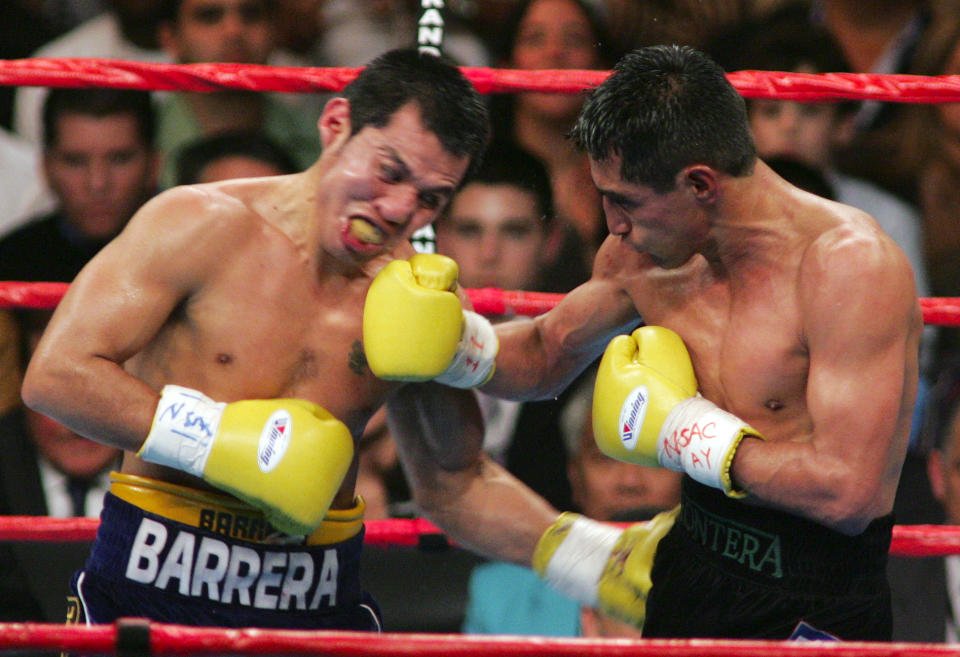
The trilogy revitalized interest in boxing, drawing millions of viewers and generating significant revenue for the sport. It proved that boxing could still produce marquee events capable of captivating global audiences.
Beyond the punches and knockouts, the rivalry taught valuable lessons about perseverance, humility, and redemption. Both fighters demonstrated incredible resilience, rising from setbacks to continue competing at the highest level. Their stories inspired countless individuals, both inside and outside the ring.
Following the conclusion of the trilogy, both fighters continued to leave their mark on the sport.
Marco Antonio Barrera retired in 2011 after a storied career that included multiple world titles across three weight divisions. Outside the ring, Barrera has remained active in promoting boxing and mentoring young fighters. His contributions to the sport have earned him induction into the International Boxing Hall of Fame.
Erik Morales, meanwhile, became the first Mexican fighter to win world titles in four different weight classes. After retiring in 2009, Morales transitioned into politics, serving as a congressman in Mexico. Despite his political career, he remains deeply connected to boxing, often attending major fights and supporting the next generation of fighters.
The Barrera vs. Morales trilogy stands as a testament to the enduring appeal of boxing. It showcased the best of what the sport has to offer: skill, heart, and drama. Whether you were rooting for Barrera’s technical mastery or Morales’ relentless aggression, there was no denying the impact these two fighters had on the sport.
As time passes, the memories of their battles will continue to inspire future generations of boxers and fans alike. The Barrera vs. Morales trilogy wasn’t just a series of fights—it was a celebration of the human spirit, a reminder that even in the face of overwhelming odds, greatness can be achieved. This is a rivalry the world will never forget, and rightfully so.
